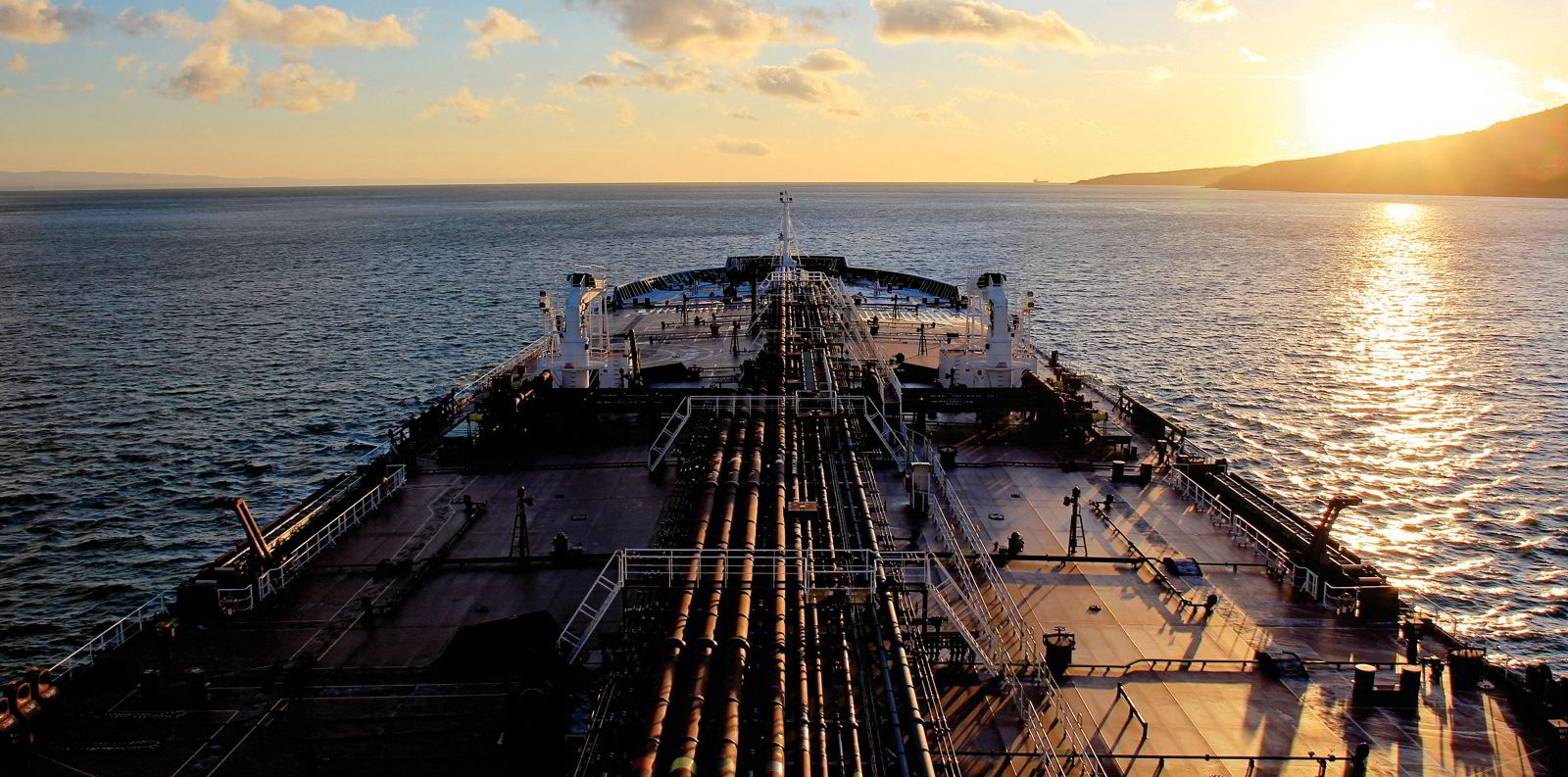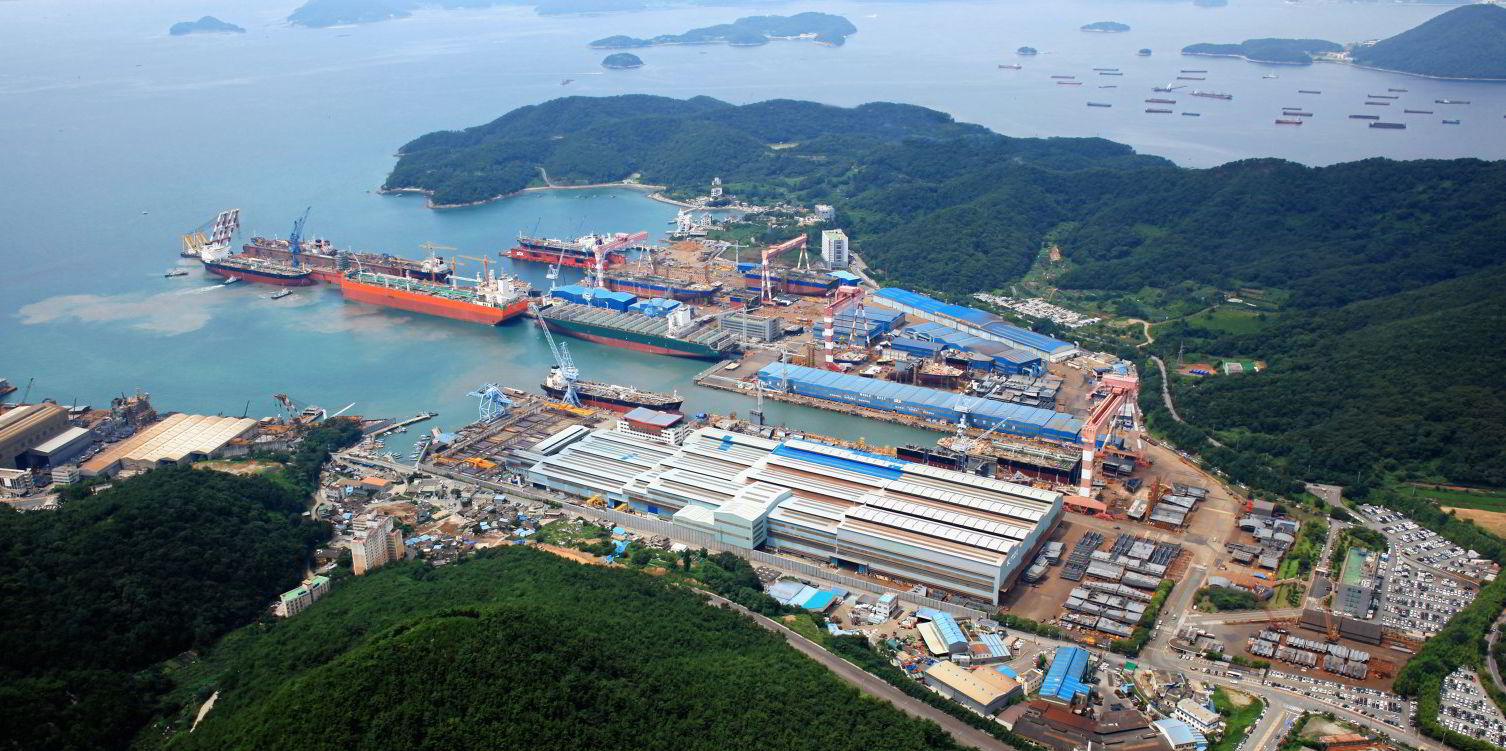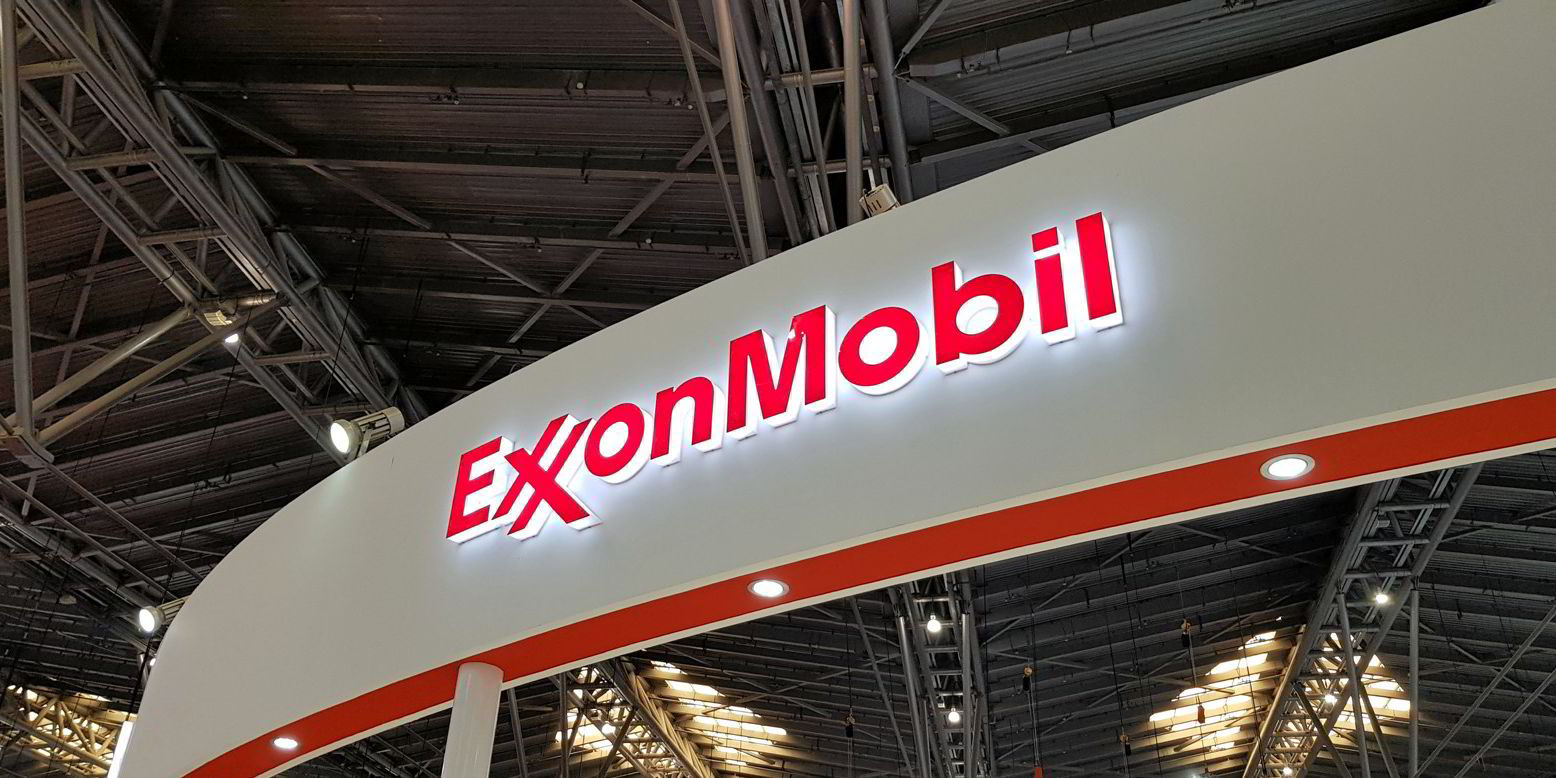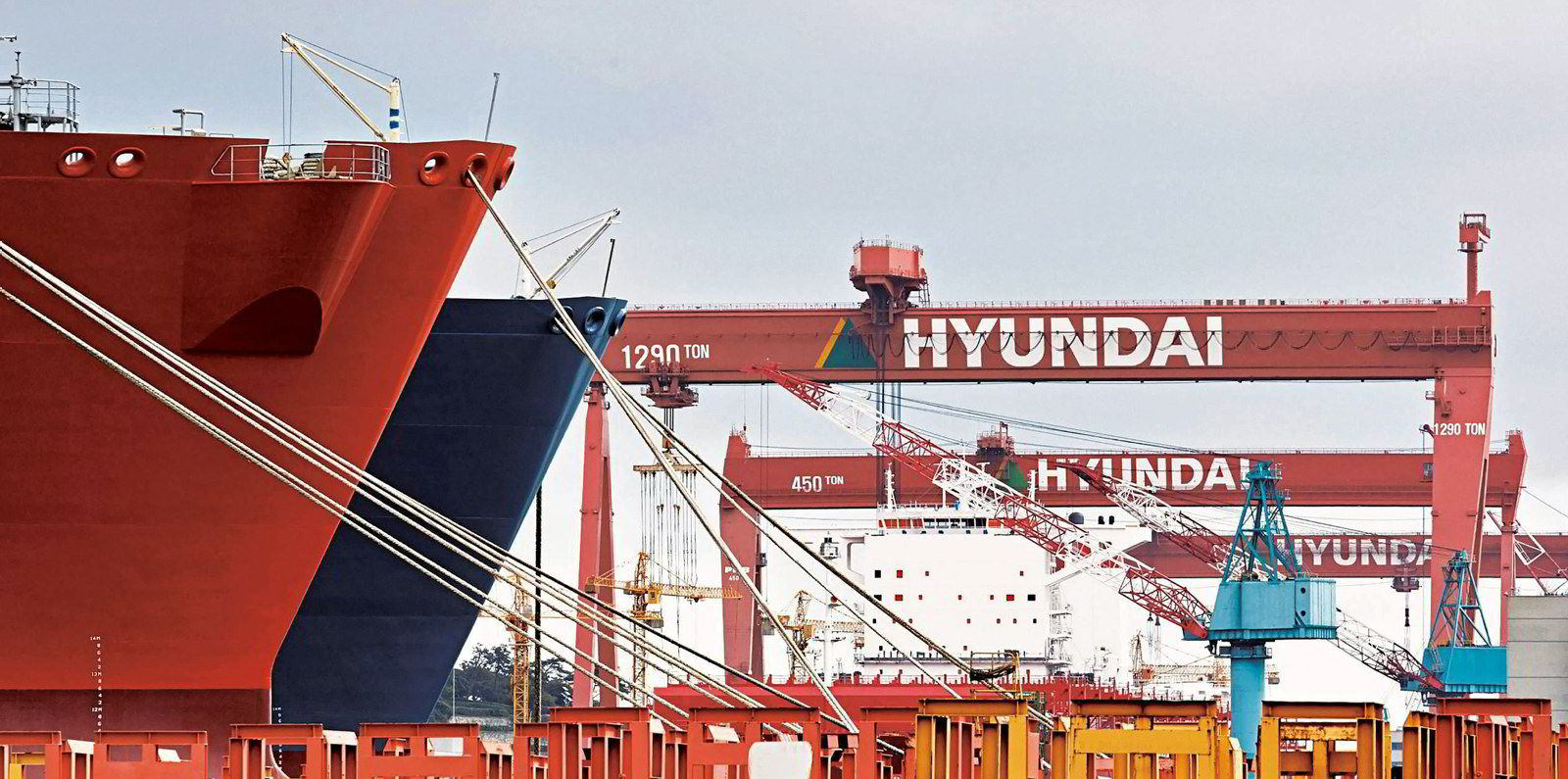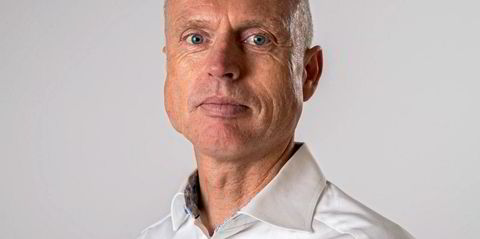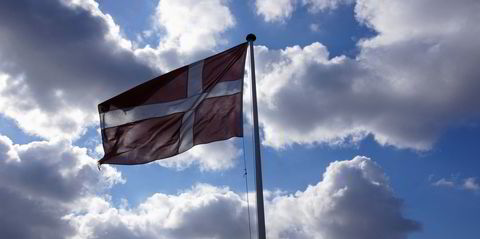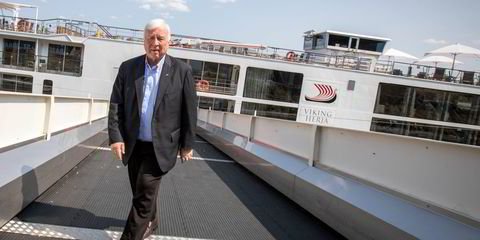South Korea's merger-and-acquisition specialist KH Investment (KHI) and debt clearing company United Asset Management Co have given the former STX Offshore & Shipbuilding a new lease of life.
Earlier this year, they paid KRW 250bn ($223.4m) to its creditors for a 95% stake and on 26 July, the new owners renamed the medium-size shipyard K Shipbuilding.
According to the South Korean shipbuilder, “K” stands for Korea and with its new name, it hopes to scale the heights of the industry.
In a Zoom interview with TradeWinds, chief executive-cum-president Yoon Keun Jang said the yard’s reputation had attracted KHI’s chairman David Kim to invest in the company.
“He is convinced that the shipyard has potential to grow and can be a leading shipbuilder again if its financial status stabilises,” said Jang.
With close to 40 years of shipbuilding experience, Jang said he wants to transform K Shipbuilding into a top-notch global engineering and shipbuilding company.
"We will make the right investment in the right place to generate synergies with our know-how and shore up our global competitiveness," said Jang.
“There were many limitations that the company faced before it was bought by the new owner. With new investments, the cash flow of the shipyard will be eased.”
He has already mapped out his plans for the nascent shipyard. Modernising equipment is one of his priorities.
“For almost 10 years, the shipyard did not receive any cash to upgrade its equipment to have it automated,” said Jang.
"We need to upgrade our welding equipment, hire more people for the R&D [research and development] division and adopt an artificial intelligence strategy. We need to transform K Shipbuilding into a 'smart' shipyard.”
Competitive edge
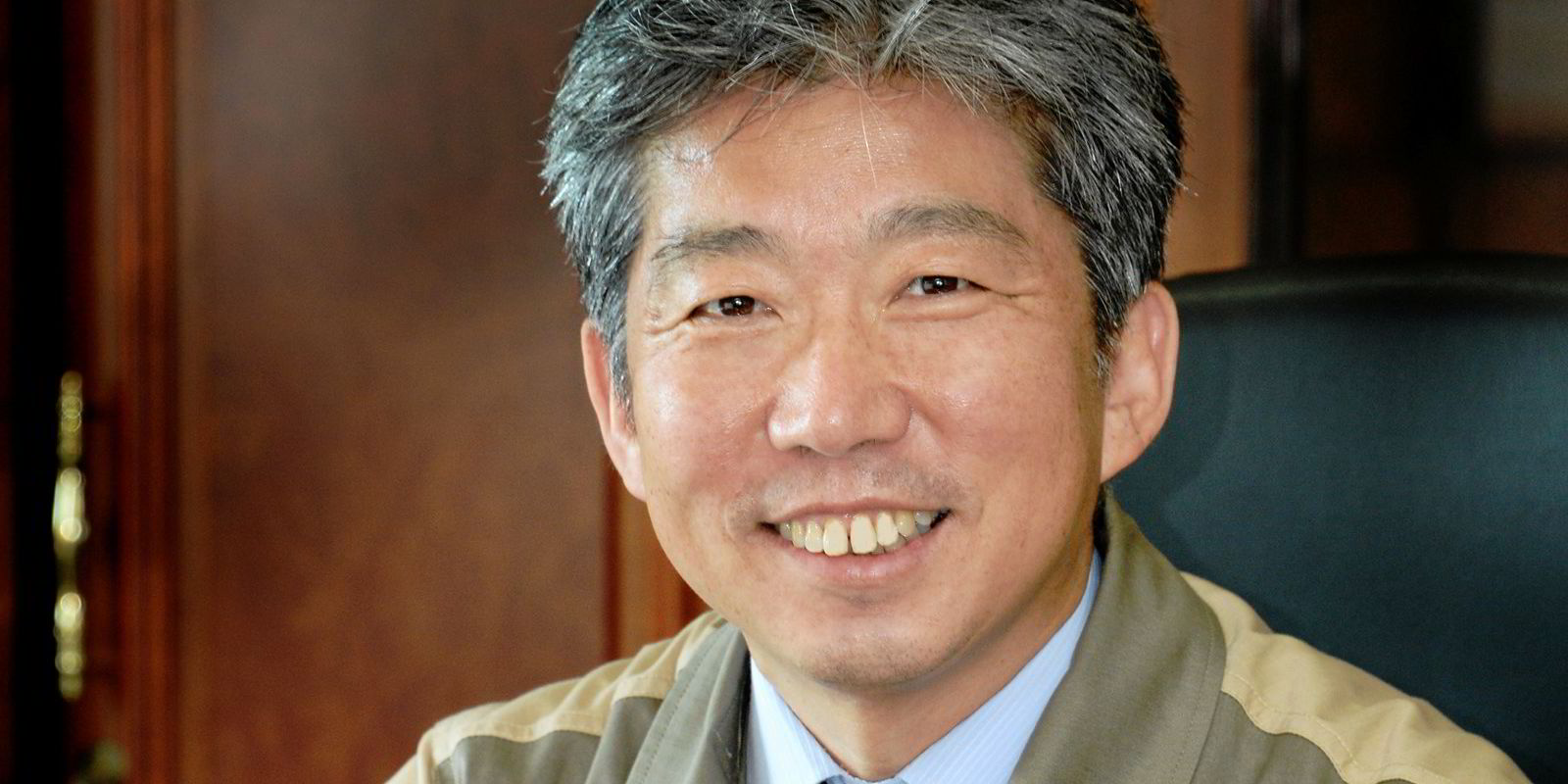
Jang stresses he has no plans for K Shipbuilding to expand its yard capacity, but is seeking to improve its overall competitiveness.
“We will improve the facility of the shipyard step by step,” he said. “We have experienced that rapid expansion would create problems for the company.”
- STX Offshore & Shipbuilding was renamed K Shipbuilding on 26 July 2021. KH Investment and United Asset Management Co paid KRW 250bn ($223.4m) to become the shipyard’s owners, controlling a 95% stake.
- The Jinhae-based shipyard was once the fourth-largest shipyard in South Korea. During the shipbuilding boom, it delivered about 60 vessels a year and had a workforce of about 10,000, including subcontractors.
- K Shipbuilding is focusing on building MR tankers, aframax tankers, small LNG carriers and feeder containerships. It employs around 2,000 workers, including subcontractors.
- The company’s orderbook consists of two aframax tankers, 12 MR tankers and six chemical tankers below 10,000 dwt. Shipping companies that have newbuildings on order there include Sinokor Merchant Marine, Dong-A Tankers, Island Navigation and SteelShips.
K Shipbuilding will continue to focus on constructing MR tankers — the ship-type that STX Offshore was best known for building. But it is also looking to add small LNG carriers and feeder containerships to its product portfolio.
“We are developing eco-friendly and carbon neutral fuel-applied vessels. We have already developed LNG-fuelled MR, aframax tanker and 3,000-teu containerships and had obtained approval in principle from several classification societies.”
K Shipbuilding is also developing vessels that use alternative fuels.
“We are working with a classification society on [a] methanol-fuelled vessel and once the methanol propulsion engine is developed, we will be able to build the ship,” said Jang. “We are also planning to develop an ammonia-fuelled ship in the second half of this year.”
In addition, K Shipbuilding is also working with companies to install energy-saving devices such as fins, rudder bulbs, rotor sails and others.
Like most shipbuilders, K Shipbuilding has also been affected by the rising price of steel plates.
“The problem we have is that we are building vessels which were quoted with low steel plate costs,” said Jang. “Now we need to buy the materials at high price and yet the supply is limited. Fortunately, we have a small orderbook and damage is little compared to other shipbuilding companies.”
The company’s orderbook consists of two aframax tankers, 12 MR tankers and six chemical tankers below 10,000 dwt. More than half of the newbuildings were contracted this year after a hike in steel plate costs.
MRs in focus
K Shipbuilding said it hopes to secure more newbuilding orders for MR tankers at a “good price” but there are challenges.
“The charter market for MR tankers is not so active and this results in owners having little interest in ordering new vessels,” said Jang. “Thus, it is not easy for shipyards to increase newbuilding price.”
On the other hand, the bullish containership market is driving demand for new ships.
“Several feeder vessels have already been ordered in China and South Korea but there is still good interest for the ship-type,” he said. “Our company has received enquiries for the vessels.”
